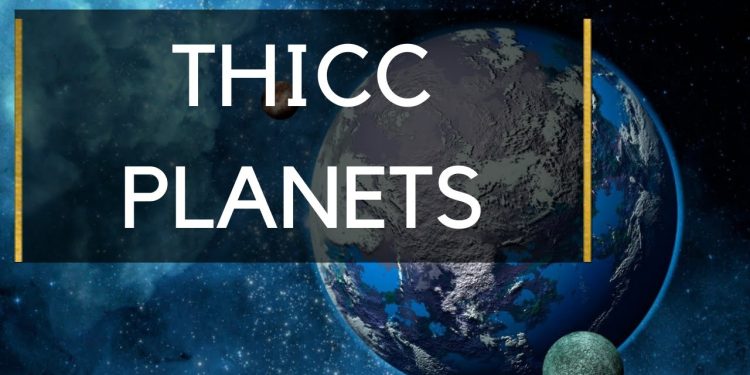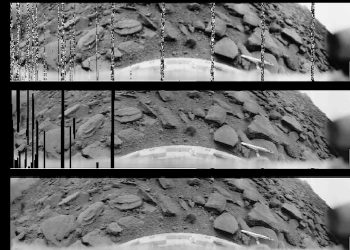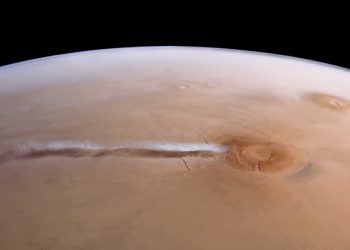They say life finds a way. This may be the case on Earth, where life has, indeed, found a way to evolve and survive. The Earth is 4.5 billion years old, and life has existed on the surface of the planet for more than 3.5 billion years. However, can life redefine and reshape the habitable zone around its star? The habitable zone, also known as the Goldilocks zone, is an area around a star where liquid water can exist on a planet. NASA has found over 5,200 exoplanets as of writing, and many of these worlds orbit their host stars in this specific zone. According to a new research paper, life is capable of redefining what the habitable zone can mean.
Life finds a way
For example, on Earth, early forms of life have helped reshape our planet and its elemental equilibrium. Early Earth was a planet where there was a lot of oxygen in the atmosphere. As explained by Universe Today, we should have lost lots of that oxygen, and we did. But then, photosynthesis from plants and algae kicked in and helped replenish that lost oxygen in the atmosphere. This, in turn, gave us a new oxygen-rich equilibrium that would otherwise not have been possible. In other words, the very life on a planet works together as one system to keep everything in balance and as hospitable as possible.
Gaian Habitable zones
This concept, where life on a planet plays a key role in keeping a world habitable, has now been applied to habitable zones by a group of scientists. Scientists have proposed a new kind of habitable zone called the Gaian Habitable zone, which is defined as a habitable zone that is modified by life itself. Essentially, what experts propose is that if life ever comes into existence on a planet, it will work towards changing the nature of the planet’s atmosphere to make it more suitable and favorable for life.
Scientists explain their concert in the following way. Imagine a world in a distant star system that is located just outside the habitable zone. Life, if given a chance in this world, will work towards making that planet a more suitable place for itself. It could raise the temperature of the atmosphere or add much-needed gasses to it in order to make it more habitable. This way, life on a planet reworks the planet itself, extending the boundary of the habitable zone to make it a place where lifeforms can thrive. Check out the video below to learn more.
Have something to add? Visit Curiosmos on Facebook. Join the discussion in our mobile Telegram group. Also, follow us on Google News.











